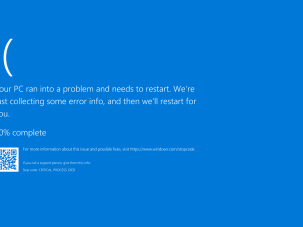There is no doubt – managing and securing enterprise networks used to be a lot more straightforward. Once upon a time, MPLS was the wide-area network (WAN) of choice, nobody was mobile with employees working from a fixed office, all applications were on-premises and covering off security was as simple as some anti-virus software and a firewall. This is no longer the case, complexity and risk is the order of the day.
IT teams are now grappling with rapid multi-site deployment, the mobile workforce, internet and cloud traffic explosion, and the relentless advancement of cyber threats, among others. All these 'complications' simply didn't exist when MPLS became the go-to solution for connecting locations and MPLS simply can't keep pace with the new realities facing IT.
This is where IT requires an architecture flexible enough to scale with the pace of business demands today, as well as meet tomorrow's growth opportunities. All this while reducing costs and moving from a capital expense (CAPEX) to operating expense (OPEX) model.
So what's the solution?
Aruba's answer is a software-defined WAN/branch (SD-Branch) that combines best-in-class wireless, wired and WAN infrastructure with management capabilities that include assurance and orchestration features to help maximise performance and minimise operational costs. A Unified Infrastructure model gives organisations a way to simplify the deployment, configuration, and management of everything within a branch location and across the WAN using a single pane of glass management.
As organisations explore options for transforming their branch locations, Aruba's key differentiator is an open, software-based solution that is flexible, scalable and easy to deploy. Customers can choose from industry-leading wireless, wired, and WAN technologies, cloud management and security solutions that ensure IT and users are receiving the best experience possible.






